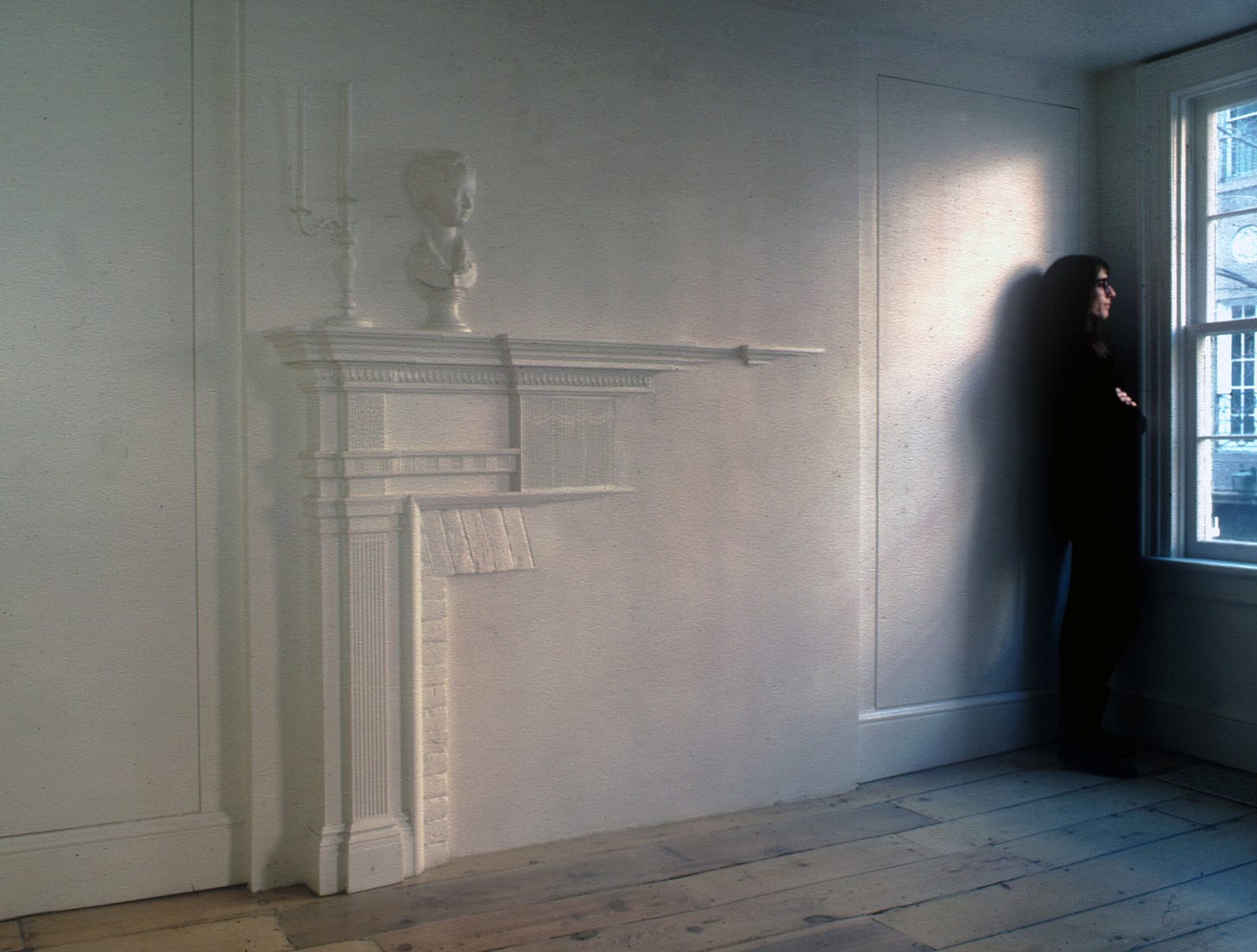
Ugly can be beautiful. Pretty, never.
The goal of design is not a useless beauty. Design is a tool that utilizes beauty to enhance purpose and meaning in our lives. Beauty can help us process and release repressed emotions. It can provide catharsis from pain. It can nourish us. It can be healing.
‘Beautiful sadness’ is its own potent genre in life and art. When we perceive beauty in the fleetingness of something or someone, we discover beauty in ourselves. In that unexpected moment, when we recognize emotional, metaphysical value in an unpleasant truth, we receive an existential rush to our senses, and in that rush we feel connected to life, we feel more alive.
In music, artists like Thom Yorke and Lana Del Rey are praised for their ability to capture beauty in sadness. In fine art, the concept of the ‘tortured artist’ has historically added enticing lore to works that are seen as masterpieces. Even suicide can increase interest for an artist’s body of work. Similarly, some of the most gifted interior designers are not those who make conventional beauty, but rather those who have the perspective to reveal beauty in the bittersweet.
So why do design publications miss this potent subject matter to delve into? Why won’t they add sad to the spectrum of emotions that lead many in praise of beauty, when beauty can represent a remedy to pain that is a universal, human condition? As professional storytellers, why do journalists relegate themselves to write home stories solely focused on the external conflict, and not on the internal conflict that brings so many designers to the profession of interior design, and homeowners to seek design expertise?
Design media is in a loop, stuck on the sugar-coated surface. Saccharine superficiality is understandable when the job of the publisher is to sell the ‘dream’. But then again, good taste in design has always been more than just a sweet treat.
Salt Makes Design Sweeter
As a key ingredient to taste, bakers understand how to use salt to make the sweet taste sweeter. To bring out depth in design, journalists must admit that sugar alone leads to flat flavors.
By activating both sides of our palate, encouraging honest connection between joy and sorrow, our design community can nurture the evolution and expansion for a new category of 21st century interior design that functions as arts practice.
It is time to normalize the conversation around decorating as a powerful art form with therapeutic capacity. Design not as a myopic pursuit for façade, but as an exercise in introspection, for renewal and transformation, isolation to belonging, powerlessness to power.
Introducing The Survivor Designer
I want to let you in on a little secret, or maybe it’s the elephant in the room that is rarely, if ever, discussed in the interior design industry: Some of the most influential designers who are known for creating beautiful spaces, themselves, grew up in ugly homes. Not necessarily aesthetically ugly, but ugly as in unpleasant, un-nurturing, unsafe.
And yet, there is this subliminal, age-old campaign in design media to suggest that interior design talent is best born from privileged, happy lives. That a life of luxury creates homemaking experts. That living with beauty makes one adept at understanding how to design beauty. Although this can be true, the opposite can also be true.
For some, interior design becomes a matter of their survival, as decorating is used to feel at home in a world where they don’t. Pulling meaning from a less than welcoming childhood, or a toxic romantic relationship, or other forms of surviving interpersonal trauma in a hostile home can inadvertently serve as sources of deep knowing, for how to design life-enhancing spaces.
The ‘survivor designer’ archetype overcomes obstacles, to gain unique power to inspire others to live authentically. They are visionaries of new worlds, looking beyond what is, to find meaning for what could be into fruition.
The ‘survivor designer’ is an underrated yet essential archetype in the decorative arts, overdue for appreciation and praise for their significant contributions to design culture.
Alessandro Michele on Beauty
“Being the ultimate solace of the dreamer, beauty becomes ‘the power through which one looks at the powerlessness of things’ (E. Severino), the irruption of the light that protects us from the grey of senselessness, the magical pharmakon, a balm able to drive us through the abyss of transience. That superfine and precious spider's web that allows us to float over the void.”
The Power of Your Childhood Bedroom
“I don’t care to belong to any club that would have me as a member.” Like Groucho Marx, I’m allergic to affiliating. Most membership clubs feel suspicious to me. How can a business primarily focused on exclusion claim to create community?
The only group I have ever belonged to, is the unofficial ‘bed movers tribe’ of individuals who had the instinct to habitually rearrange and redecorate their childhood bedroom.
A preoccupation for where the bed goes, may be understood as an attempt to escape a feeling of not belonging. An adolescent form of Feng shui, in search of harmony in a state of disharmony at home.
For me, the urge to constantly decorate my room was an early understanding of my power to influence my life. To transport me from where I was to where I wanted to be. Covering my walls with posters was more than self-expression, it was an immersive vision board. A step-by-step plan, where I was coach and player.
For our tribe of bed movers, decorating our bedrooms was an exercise in manifestation, and the beginning of recognizing that home is a verb, you must create it as you create yourself. Even now as ‘well-adjusted’ adults, we can recognize each other. These are my people. Some became interior designers, who are motivated, whether consciously or subconsciously to create the home they did not have.
[Interior designer Bobby Trendy on The Anna Nicole Show, 2002.]
Why Are There So Many Gays in Design?
It is not that homosexuals are aesthetically inclined by nature, but rather that allegiance to beauty is a result of the metamorphic process of coming out. Until recent times, a gay child was likely born into an unwelcoming straight world, thus left to discover and invent themselves without guidance. In this process, beauty becomes a compass from confusion to meaning.
The pain of not fitting in can drive a young soul inward. One’s imagination may become a haven, a safe place to escape harsh realities, school bullies and such.
Left to their own devices, an early interest in inanimate objects can occur for these future designers. This appreciation is more than about the aesthetic value of the objects themselves. Rather, the creative gay child may use objects as imaginary characters. Collecting things may serve as surrogate family and friends. As children, their interest in examining meaning in objects can be a reaction to their internal needs not being met. For some designers, objects have been more reliable than people throughout their lives.
Compounded over time, imagination as survival tactic can turn a person into a powerful problem solver. When life is a puzzle you must survive, you become very good at problem solving. And what is the armature of the interior design profession, if not a series of solutions to challenges.
By the time a gay child grows up, sheds their trauma, and finds their way forward, they have become experts in acceptance. They have expanded their thinking to turn shame into pride. When you have been focused on how to win your life, you are rather capable of helping others live their best lives.
Doctors are praised for their life saving work. Some designers save their own lives first, and then make it their mission to help others. These designers understand the power of decorating one’s environment, as a vehicle to nurture the authentic self.
We seldomly hear about the courage it takes for some designers to invent themselves as advocates of beauty, in the face of early adversity.
Certainly design is about a love of classic beauty, too, but it goes much deeper than surface. It is a noble path to devote one’s career to beauty, as a channel to bring purpose to life.
Charisma, Uniqueness, Nerve, Talent
Rupaul said it best: “We’re all born naked and the rest is drag”. In the design world, I’ve often questioned the definitions we place on real and fake. Aren’t the designers who present themselves as personas actually the realest? In the sense that, the act of inventing oneself into a character is more of a reflection of self, because it requires pulling from within, actively developing one’s taste in response to life experiences. In this view, any lack the designer may have come from was reframed as a blank canvas, to create their own unique masterpiece of self.
Being in touch with your interior soul is what makes an interior designer. Otherwise the profession can slip into being a glorified arranger of stuff.
While some designers pull inspiration from happy memories of home, those designers who were brought up in sad homes pull from the potency of dreams they collected to fill in the absence.
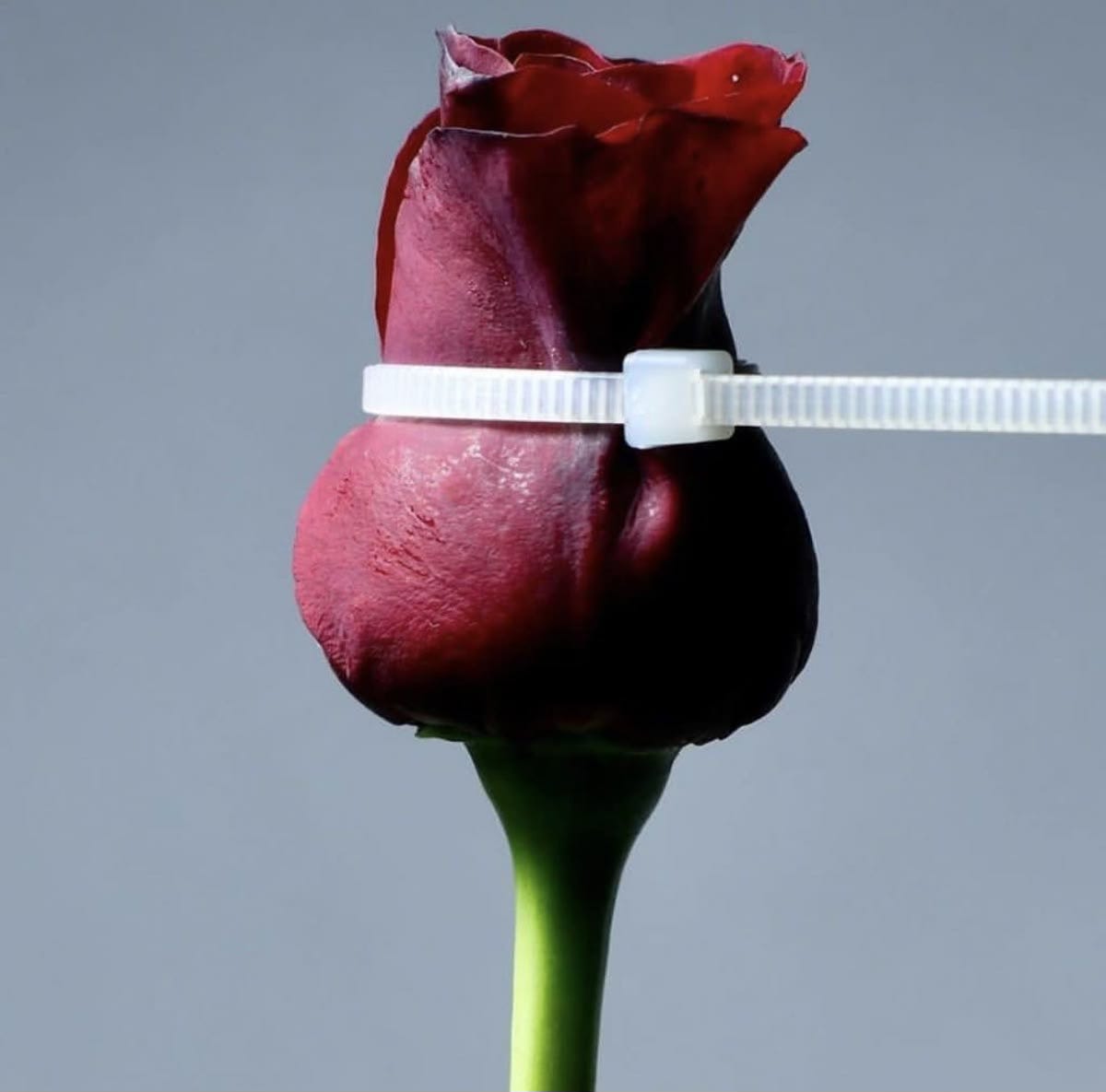
Flowers Die So We Can Live
What makes receiving flowers so special? Is it their pleasing shape/color/smell, or the gesture itself? Or rather, is the short and fleeting lifespan of the flower what makes it special?
Our connection to flowers goes back to the beginning of our existence. In mythology, it is said that our primary attraction to flowers was the first instance of humans going beyond basic survival needs to ponder beauty. While it’s not a widely recognized scientific concept, the idea that our observation of flowers led to consciousness is intriguing. Flowers are a special, multi-sensory experience that engages us, based on our understanding of the beauty of both their life and inevitable death.
In design, trends are loathed by some who believe in the idea of timeless beauty. However, one can reframe a trend as a flower. They come and go, and come back again. Why can’t our relationship with trends be experienced with the same zeal and preciousness of spring blooms?
During the Baroque period, the Vanitas genre used still-life arrangements featuring objects symbolizing the transient nature of life and death. Where are our baroque interiors today? They don’t exist in the current design mainstream, because media will not support the ‘Memento mori1’ relevance of emotionally-charged interiors that reveal the temporary quality of life.
Media does not want you to think about your mortality, just as casinos never have windows.
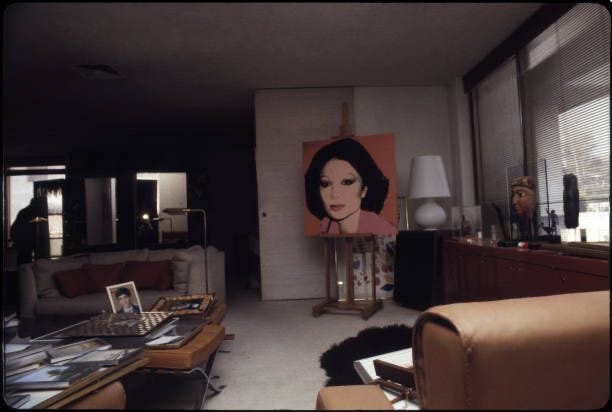
Generational Trauma as a Source of Decorating Power
Sadness is as much a propagator of beauty as joy.
Longing, especially the melancholic phenomena known as ‘saudade2’ can be used to generate a unique form of creativity. As a poignant type of déjà vu, or muscle memory, saudade may even conjure feelings of longing for something or someone that one has never experienced. This presence of absence for love and loss exists in all of us, and can be potent ground for design inspiration.
In science, saudade is called generational trauma, a study that believes one’s ancestors leave an imprint of their past lives into our being, potentially running through us in epigenetic changes in DNA that alter gene expression.
It is interesting to consider why some designers decorate spaces rooted in a days-of-yore style historicism. Whether drawing a line from actual ancestors, or the abstracted idea of ancestor, we are all descendants in dialogue with past selves, with past hopes and dreams, past fortunes and disasters.
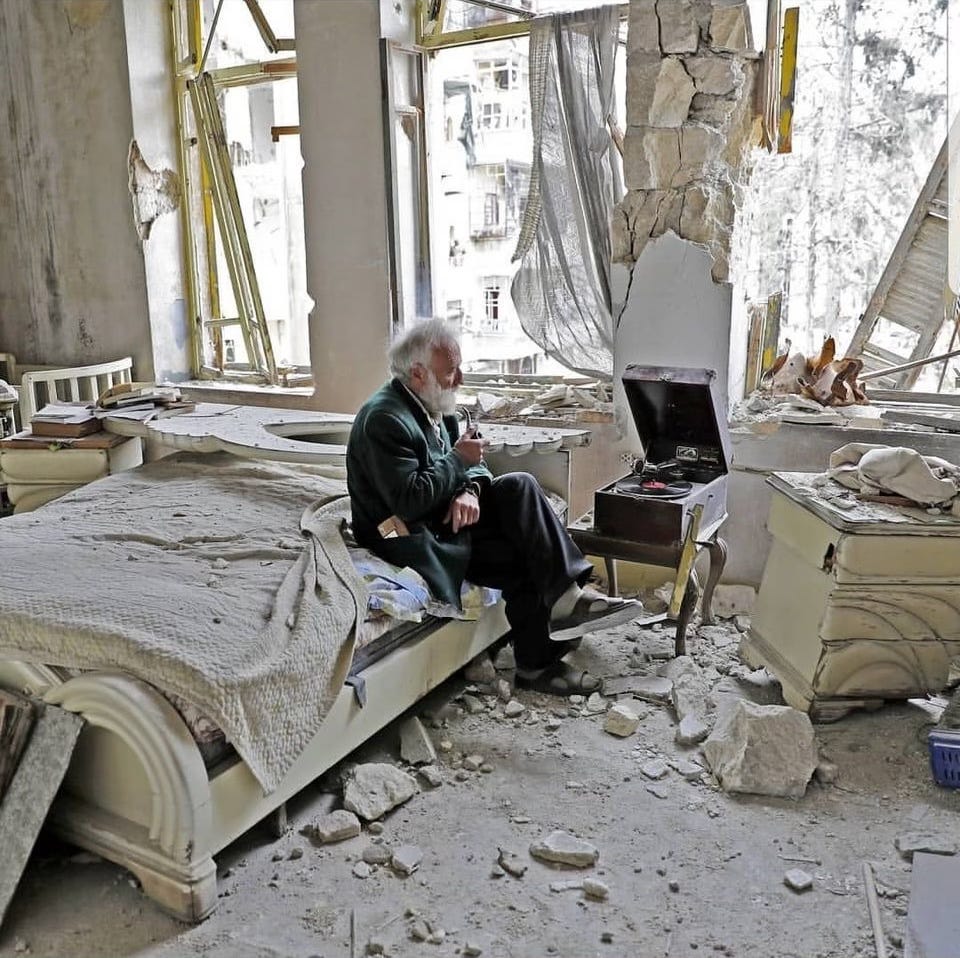
Designing From Disaster
Speaking of disaster, I have been thinking about the future implications for the children who have lost their homes in recent fires in California, as well as the children caught in war zones around the world. What will these survivors create from their loss? Will the next generation see an influx of design professionals with a finer-tuned sense for how to make a house a home? Through the ashes, and from the absence of safe shelter, I believe there will be an opportunity to channel pain into phoenix level re-creation for the purpose of interior design.
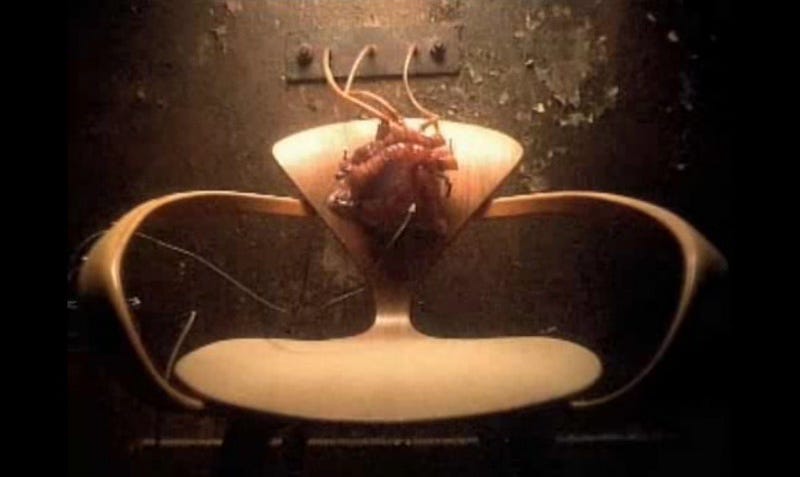
Le Douleur Exquise
Like stone-washing fabrics, going through something hard should make you softer.
The world today is filled with so much sadness, and yet our official communication channels have not yet understood the value of encouraging design as a meaningful reflection of our times. They do not allow for the merits of feeling sadness to enter into mainstream design dialogue.
For some designers, exquisite pain is conjured into exquisite beauty. Granted, this type of work may not be as easily digestible as the sweetly decorated homes we have been conditioned to believe are the goal of interior design. But if given the opportunity to reframe and expand the profession, design culture will be enriched by allowing a wider range of emotions to express the art form of design in.
Thinking for living,
Sean
PS: Thank you for reading my latest paper. This work is proudly gratis. To support my writing, please consider commenting, liking or sharing this post.
Design Utility
Consider designing rooms to hold space for unhappy emotions: A room designed for crying in.
Create color schemes based on Chiaroscuro paintings.
Go beyond Kintsugi: Celebrate cracks as-is, no need to mend them with gold. Be proud of your home’s wrinkles as signs of life.
Design journalists: Add ‘Describe your childhood bedroom’ as an ice-breaker into your interview questions.
Landscape photographers: Shoot gardens in the dead of winter.
Stylists: Prop with dying flowers and moldy fruits, just as real life contains them.
Email: info@theculturecreative.com
Website: theculturecreative.com
Follow Sean Yashar on Instagram
Follow The Culture Creative on Instagram
Memento mori (Latin for "remember that you have to die") is an artistic trope acting as a reminder of the inevitability of death.
Saudade - A sense of wistful nostalgia for the past.




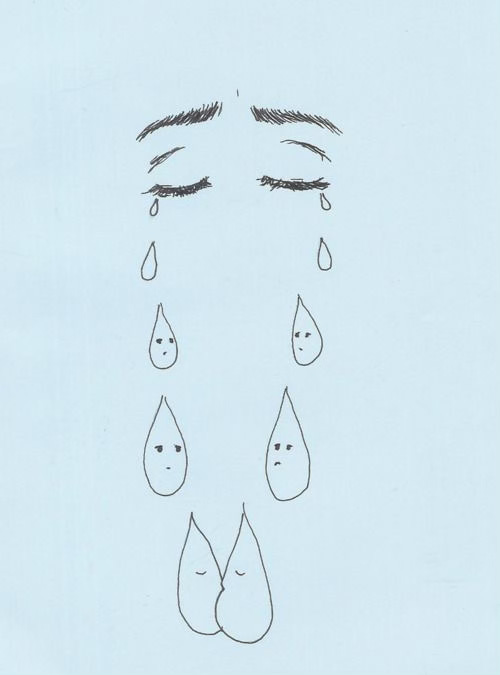
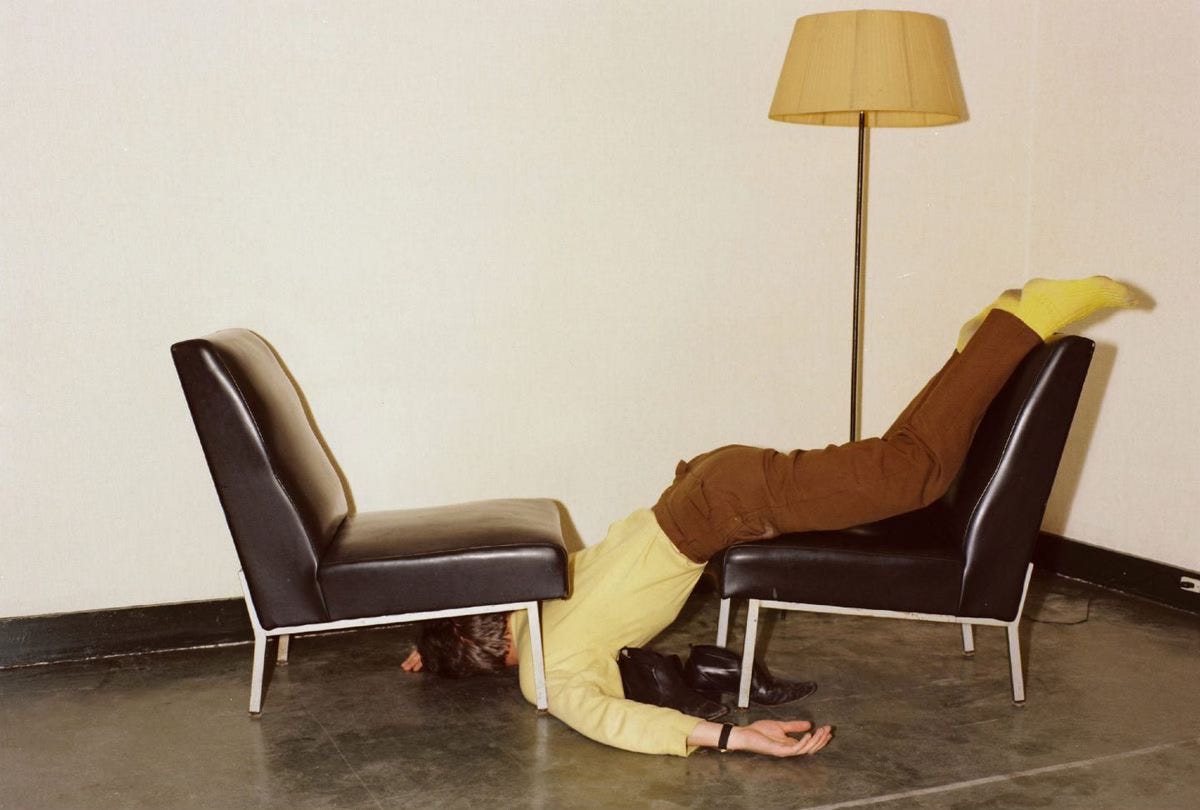
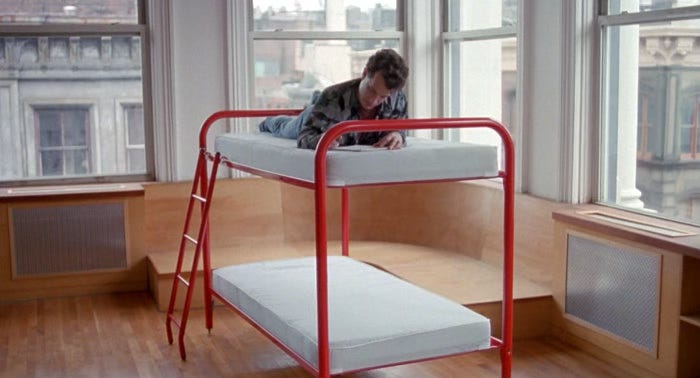
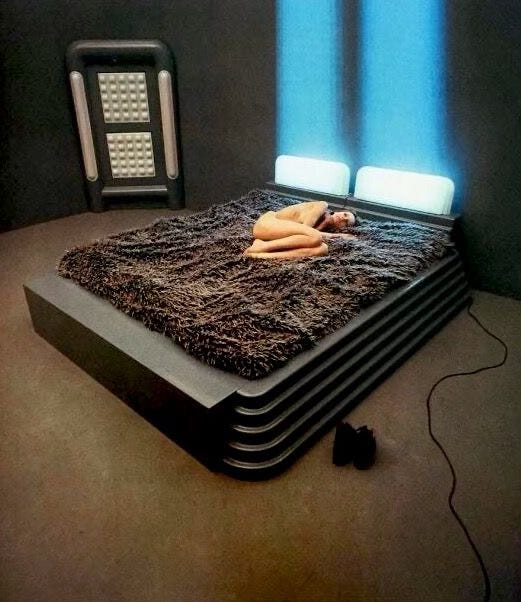


thank you so much for this article, you really hit home, literally.
as a kid, i turned a cupboard into a doll house, with everything inside made by myself. hidden from sight, this was my sanctuary, the only place where i could create and control the narrative. it was empowering and saved my sanity.
making objects and creating spaces - that's what i've done ever since.
I am so grateful to have found you and you incredible articles. It feels like a breath of fresh air to discuss design as the art it is. Thank you.